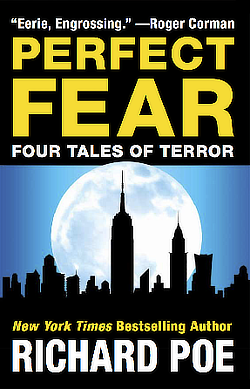Happy Halloween
|
by Richard Poe Wednesday, October 31, 2007 4:33 pm Eastern Time |
Archives Comments |
 |
I just finished carving this year’s Jack O’Lantern (see the proud artist with his handiwork on the left). It will stand through the night before our house as a symbol of God’s protection from the forces of darkness.
The term Jack O’Lantern comes to us from the British Isles, a variant of the more common expression Will o’the Wisp. Both have a similar meaning. “Jack O’Lantern” literally means a man with a lantern. In centuries past, night watchmen were called Jacks o’lantern. Will o’the Wisp means a man with a straw torch.
 A Jack O’Lantern carved, in the traditional Irish manner, from a turnip. A Jack O’Lantern carved, in the traditional Irish manner, from a turnip. |
British folklore tells of strange lights seen floating over bogs and graveyards, believed to be evil spirits or sometimes souls of the dead lost between Heaven and Hell. Throughout most of Britain, this species of phantom is called a Will o’the Wisp, though in East Anglia and southwestern England, the term Jack O’Lantern is preferred, according to the Online Etymological Dictionary.
In Ireland, it has long been customary to carve faces onto turnips at Halloween. The Irish brought this custom to America, where they found our native pumpkins more suitable for the purpose.
How or when the term “Jack O’Lantern” first became associated with the graven vegetable effigies used at Halloween is a matter of dispute. Some authorities argue that the association was first made in North America, noting that an 1837 story by Nathaniel Hawthorne contains the first clear use of the term “jack-o’-lantern” to denote a carved vegetable with a burning candle inside. However, Hawthorne clearly assumed that his readers already knew what a “jack-o’-lantern” was, so his use of the term tells us little of its ultimate origin. For now, the etymology of the Halloween Jack O’Lantern will just have to remain one more unsolved mystery of this eerie yet sacred season.
To all the readers of RichardPoe.com, I wish a happy and holy All Hallow’s Eve.







